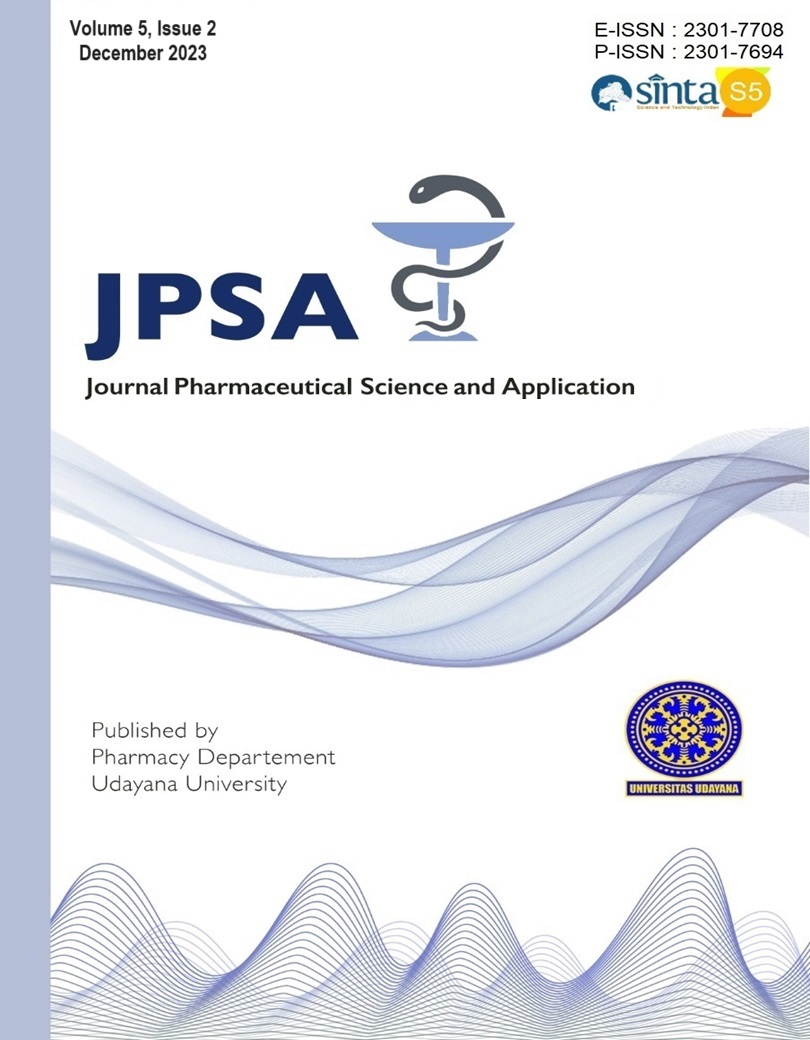IMPLEMENTATION OF IMAGE ANALYSIS FROM THIN LAYER CHROMATOGRAM OF PURPLE SWEET POTATO LEAF EXTRACT IN CHEMICAL FINGERPRINTING
Abstract
Background: Purple sweet potato (Ipomoea batatas L.) is a crop that contains rich amounts of anthocyanins and flavonoids. For maintaining its quality in preparations, fingerprint analysis using Thin Layer Chromatography (TLC) is commonly used. Objective: In this study, image analysis was implemented on the chromatogram to develop fingerprint profiles of the leaves of various types of purple sweet potatoes. Methods: Fingerprint analysis and acquisition of data were carried out by combining modern TLC equipment with software for image analysis. The in-situ fingerprint analysis using WinCats was compared with the image analysis results obtained in this study. The chemometric technique, cluster analysis, was performed to measure their difference in terms of sample classification. Cluster analysis was carried out to confirm that the clusters formed from image analysis were the same as those from WinCats. Results: The results obtained were two dendrograms, both showing the formation of two clusters but with a different order of samples. This study concluded that the data obtained from image analysis using ImageJ software resulted in clustering with a similarity of 38.15%, while the data obtained from WinCats software resulted in classification with a similarity of 28.31%. Both methods had issues in determining the fingerprint profiles, as evidenced by the low level of similarity. Conclusion: These results indicate that image analysis has the potential to be implemented for fingerprint profile development. However, further analysis is needed to align the Rf values and confirm the compounds in the peaks.
Downloads

This work is licensed under a Creative Commons Attribution 4.0 International License.
Authors who publish with this journal agree to the following terms:
Authors retain copyright and grant the journal right of first publication with the work simultaneously licensed under a Creative Commons Attribution License that allows others to share the work with an acknowledgment of the work's authorship and initial publication in this journal.
Authors are able to enter into separate, additional contractual arrangements for the non-exclusive distribution of the journal's published version of the work (e.g., post it to an institutional repository or publish it in a book), with an acknowledgment of its initial publication in this journal.
Authors are permitted and encouraged to post their work online (e.g., in institutional repositories or on their website) prior to and during the submission process, as it can lead to productive exchanges, as well as earlier and greater citation of published work. (See The Effect of Open Access).

This work is licensed under a Creative Commons Attribution 4.0 International License.


 HOME
HOME
















